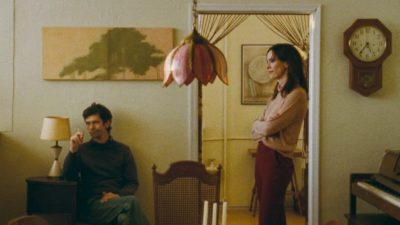What do we know about medieval Christmas? When compared to contemporary Christmas, both the similarities and the differences are somewhat surprising. Surely, this was quite an important feast for medieval people, too, and they started the preparations many weeks beforehand. The feast of St Martin, which is still widely celebrated on 11 November, marks the day of the last generous dinner before the medieval 40-day-long fasting and waiting time started. They could not do much else, as there was no work to do in agriculture, food needed to be economised (at least at that point), and it was darkness and freezing cold anyway.
In any case, it was totally worth waiting for winter solstice and Christmas, which was a grandiose twelve-day-long party with dance, music, mystery plays, gifts, colourful clothes, shining lights, community time and a lot of laughter. Indeed, Christmas included New Year’s Eve and Day, and it only ended with the last big party day, Epiphany. We also know this from the still popular carol The Twelve Days of Christmas, and of course, a lot of advent and Christmas carols of medieval origin are still with us at concerts, church services, or just for random fun.
Catalina Vicens, one of the most extraordinary and exciting artists of early music, brings the atmosphere of medieval advent and Christmas to us with authentic tools and the help of the best contributors. She comes from Chile and started her international career while very young: by the time she was twenty, she already played at many prestigious concert halls in North and South America. Then she turned towards Europe, studying in Germany and Switzerland. At that point she was already committed to not only early music but antique instruments. For instance, she plays the portable organ which has its own keyboard and pipes but so small that you can indeed take it with yourself; or fidula, an ancestor of contemporary string instruments; or nyckelharpa, which is a hybrid of hurdy-gurdy and string instruments; or, to name some better known ones, also on lute and zither.
Catalina Vicens is most famous for her virtuoso talent on the keyboards, having played a great deal of organs, harpsichords, and pianos. It was a huge honour for her when she was invited to play the oldest functioning harpsichord of the world, which became part of her recording “Il Cembalo di Partenope” (Diapason d’Or), or one of the oldest but well-preserved Gothic organs in the St Andrew Church Ostönnen, Germany, from the 15th century. She often cooperates with historians, composers and instrument makers to discuss in theory and praxis how medieval and renaissance instruments might have looked and sounded.
Obviously, she also works together with fellow musicians. Catalina Vicens is the founder of two groups, and part of many duos, trios, smaller and bigger orchestras. One of her groups, Servir Antico, and one of her trios (consisting of herself, Anna Maria Friman and Marco Ambrosini) accompany her for the Budapest concert.
Vicens says the following about Servir Antico:
“Their programs are designed not to only bring an almost forgotten repertoire to contemporary audiences, but to immerse them in a sensual experience. Poetry, dramaturgy and musical text transport the listener back to an era of though [sic!], introspection and beauty.”
This is exactly what we can expect from Lucente Stella – Searching for Light in the Middle Ages which can be heard on 14 December in the Müpa. Whether the lyrics are about Mary expecting a child, the sparkling of the stars, the radiance of heaven, the birth of Jesus or a celebration of light in general, we can surely understand from them what a joy it was 500-600 years ago, too, to finally see the way out of the reign of long nights and freezing days.

























Comments